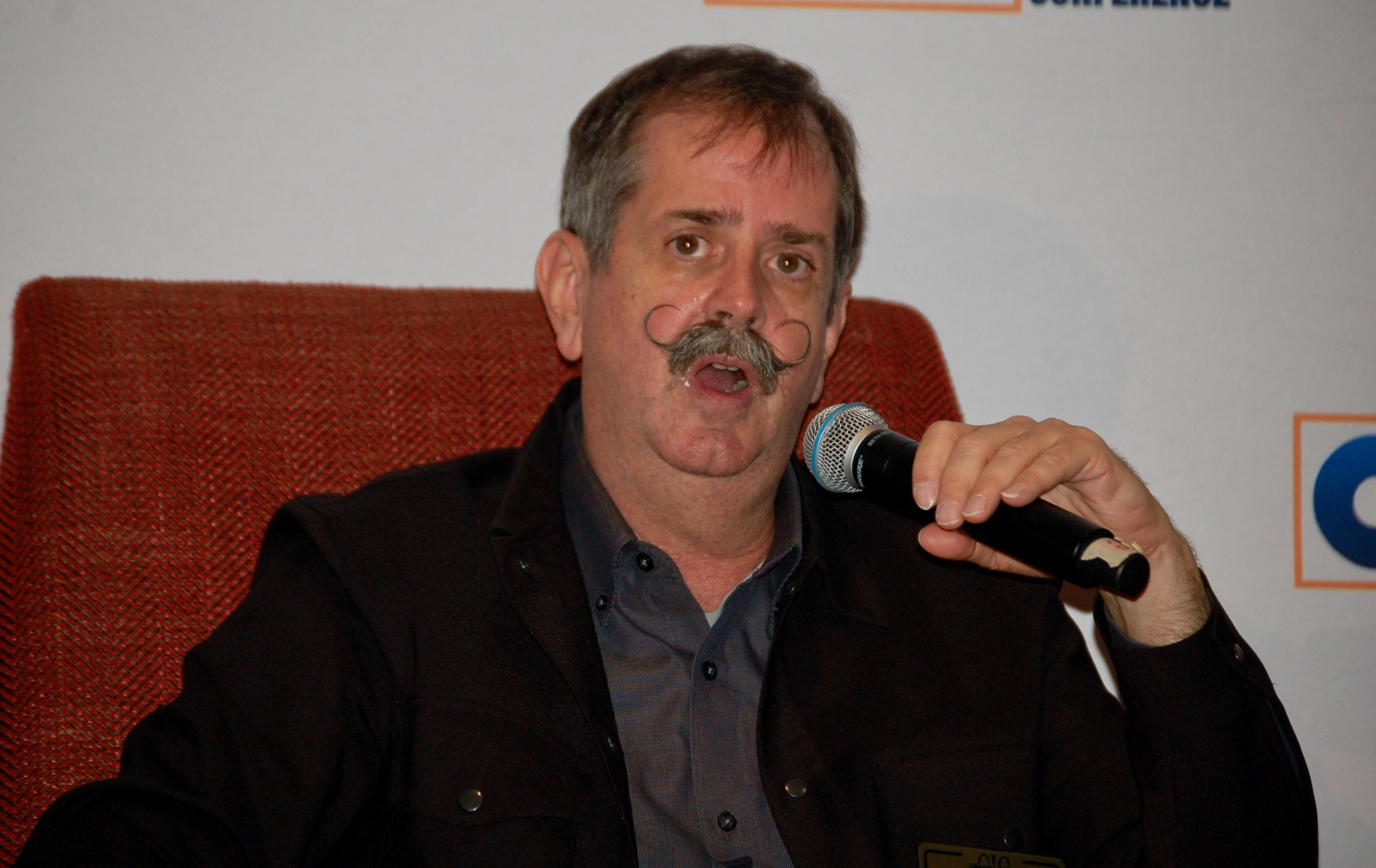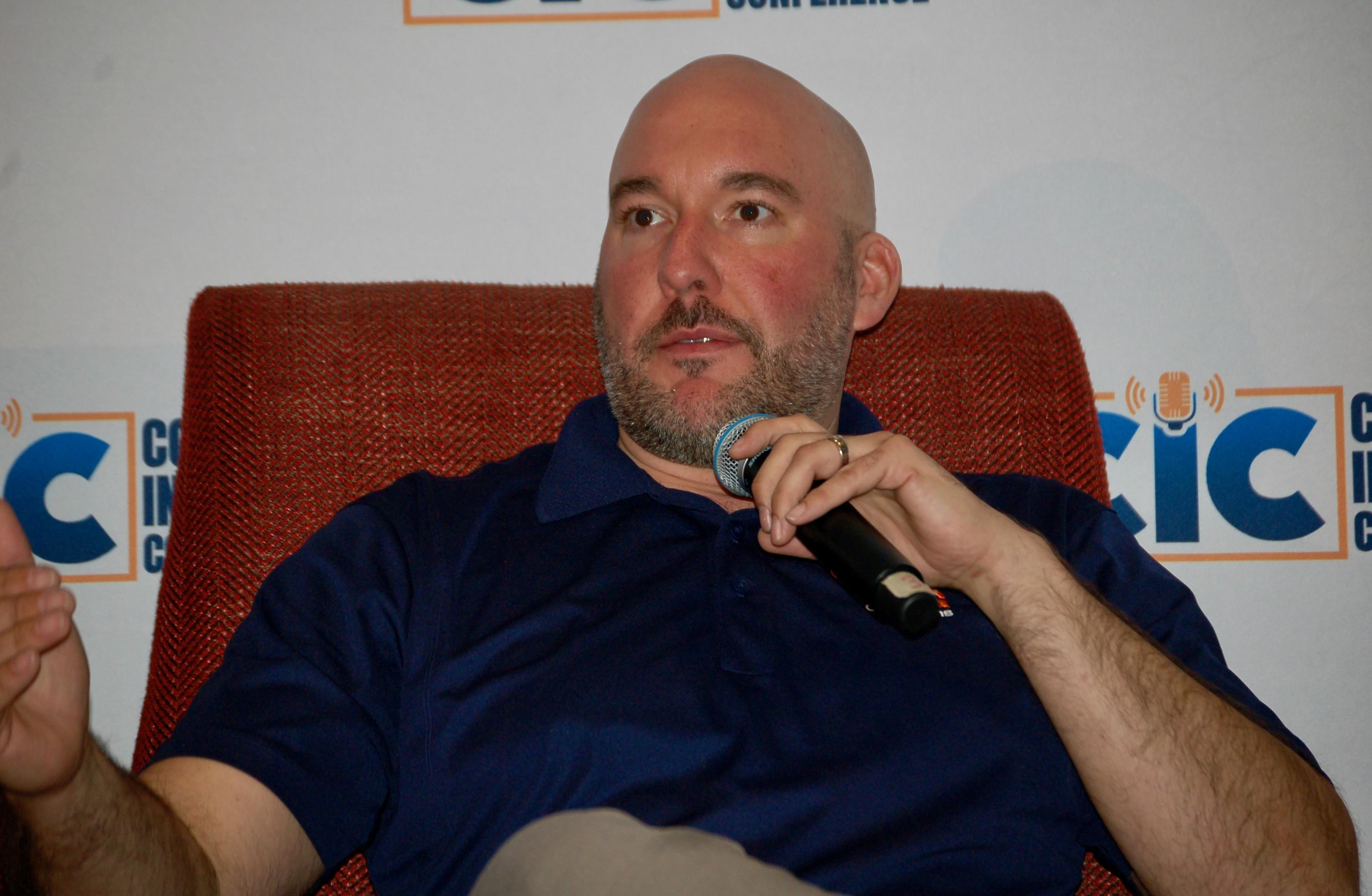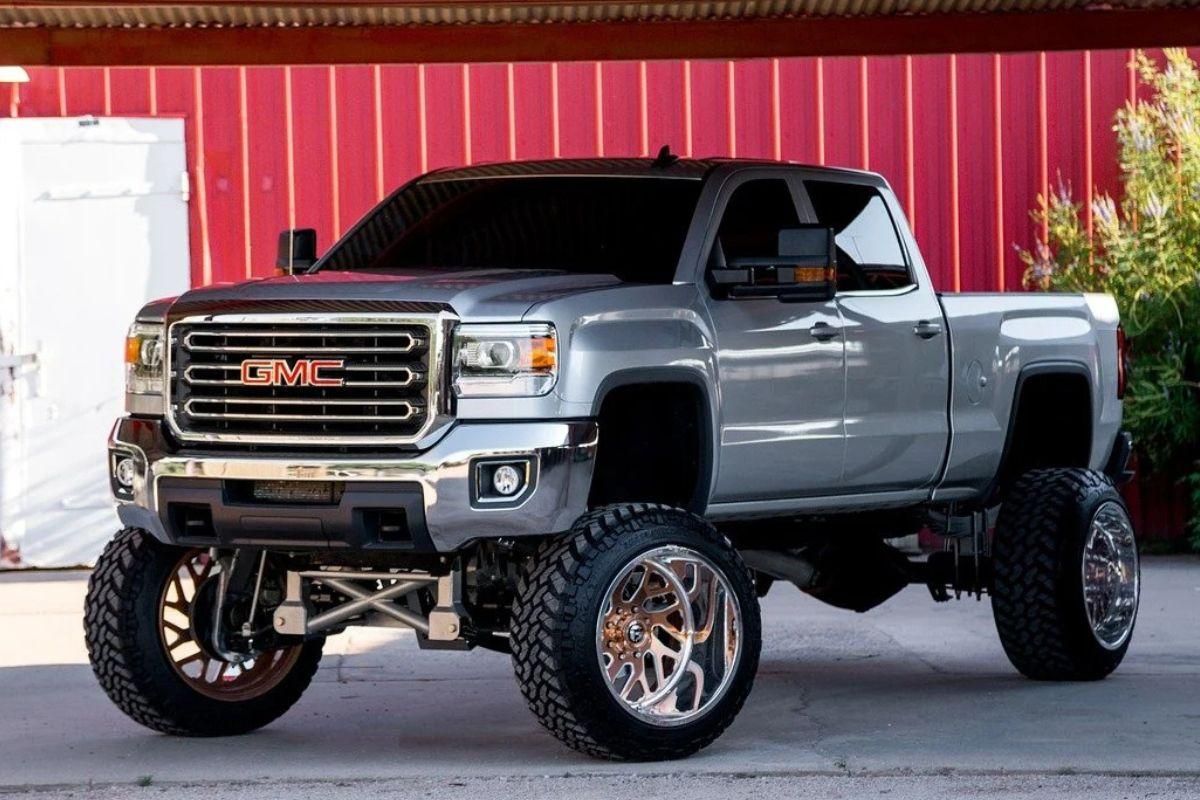While collision repair shops already face liability if they fail to restore functionality to advanced driver assistance systems (ADAS) on the vehicles they repair, the obligation to do so is likely to become even more concrete within a few years.
Part of a temporarily-delayed Federal Motor Vehicle Safety Standard that would require an even higher-than-current level of automatic emergency braking (AEB) as standard on all new vehicles by 2029 -- and would prohibit deactivation of such systems -- also would, by 2030, obligate anyone altering or repairing such a vehicle to ensure it remains in compliance with the safety standard.
That will have obvious ramifications for the Specialty Equipment Manufacturers Association (SEMA) and the vehicle modification industry it represents, but also for anyone insuring or repairing a modified vehicle.
“So basically whatever work you do on the vehicle, you have to put it back into the same compliance that the OEM had intended during its original manufacturing,” Mike Muller of SEMA said at the recent Collision Industry Conference (CIC) in Palm Springs, CA. “This is going to be a tough one. This is going to be really hard for the industry to achieve. We don’t have all the information and data we need to do that.”
Initial Research
Muller said while SEMA hopes to bring various segments of the industry together to address the challenge, his organization is also conducting research on modified vehicles to gauge the impact of such modifications on ADAS including AEB. He was careful to note that his presentation was specific to just certain specific modifications and just five vehicle models.
 Mike Muller.
Mike Muller.
“It is not gospel yet; it is research,” Muller said, noting the findings can’t be “construed to indicate any future results to any other vehicle.”
Interestingly, the modified vehicles were calibrated based solely on the existing OEM guidelines and procedures, not any differently because of the modifications.
“We didn’t change target sizes, we didn’t change distances,” Muller said. “We just followed what the current OEM service procedure was for calibration.”
For one case study involving the AEB on a 2022 Ford Bronco Badlands, the stock vehicle stopped about 8.5 feet before hitting the stopped vehicle in front of it, Muller said. With three different lift kit modifications, the vehicle stopped between 4 and 5 feet from the stopped vehicle.
“So fairly safe from our perspective,” Muller said.
But he noted that lift kits had more of an impact on lane departure systems. On a stock 2022 Chevrolet Silverado 1500, for example, the left alert was triggered at about 3.5 inches from the white line; it was triggered about 6 inches away when the vehicle had a 2-inch lift kit, and more than 16 inches away when the vehicle had a 6-inch lift kit.
“So as the vehicle was lifted, the lane appeared to be narrower and narrower in the view of the camera,” Muller said.
SEMA has published white papers on some of its research findings, and is working on a compendium to present this spring.
“We’re going to NHTSA, we’re going to IIHS, we need to go to the OEMs and say, we think we can safely modify. We just need a little bit of help along the way,” he said.
How ADAS Businesses Address the Issue
Following Muller’s presentation at CIC, a panel with representatives of ADAS calibration issue was asked how they are addressing the issue of modified vehicles. Most of the panelist have current or past experience operating collision repair facilities as well.
 Andy Tylka.
Andy Tylka.
“We do not calibrate modified vehicles right now,” said Jason “Buck” Zeise of Accelerated Vehicle Technology, a calibration service center in Bloomington, MN. “We desperately need to, we want to, but we do not at this time.”
Andy Tylka of TAG Auto Group and TAG Calibrations, which operates three calibration centers in Ohio and Missouri, agreed.
“Absolutely, the same answer. We don’t calibrate aftermarket [modified vehicles] but we want to,” Tylka said. “And I do applaud you, Mike, for doing this research because it gets the conversation started. Because we need data and need other entities involved in this.”
James Rodis of OEM Calibrations, which operates ADAS service centers in six Midwest states, said he takes a slightly different approach.
“I come from a dealership group, and lifted vehicles are a lot of revenue for us. So we do [those calibrations],” Rodis said. “We reach out to [OEM] engineers, and we’re told by most that we talk to that 4 inches [of lift] is good. Anything over 6 [inches] might have issues. We have had issues. We no longer do 6-inch lifts. They told us to put the car back to factory height. So we own some vehicles that are the nicest bought vehicles that we’ve ever had in our life.”
What’s Needed?
The panel was asked what they would need into order to be more comfortable about calibrating modified vehicles.
“Guidelines, information,” Rodis said. “It’s so frustrating, because people are going to do this, right? I’m in Nebraska. We’ve got hunters. We have four-wheel-drive vehicles. They spend a lot of money on this. They’re not going to stop spending the money on this. So we need some help from the OEMs to give us guidelines so that we can help take care of our mutual customers.”














John Yoswick